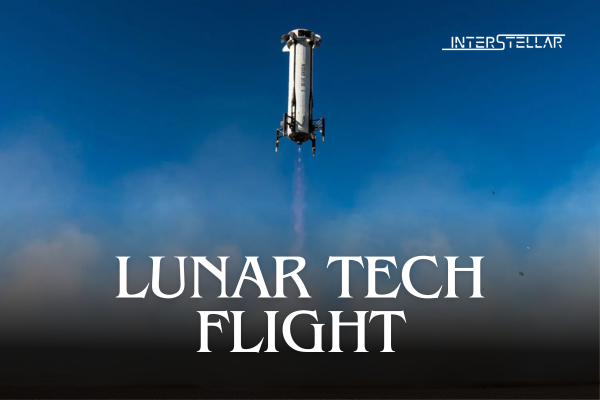Blue Origin NS-29 to Test Lunar Technologies and Simulate Moon Gravity
Blue Origin’s next New Shepard mission, Blue Origin NS-29, is set to launch on Tuesday, January 28, at 10:00 AM CST (1600 UTC) from Launch Site One in West Texas. This groundbreaking mission will carry 30 payloads, with 29 focused on lunar-related technology testing. The mission will also achieve a significant milestone by simulating the Moon’s gravity during its flight, a first for New Shepard. The webcast for the launch will begin 15 minutes before liftoff.
Simulating Lunar Gravity for Technological Advancements
During the flight, the New Shepard crew capsule will use its Reaction Control System (RCS) to spin at approximately 11 revolutions per minute. This spin creates a simulated lunar gravity environment, equivalent to one-sixth of Earth’s gravity, at the midpoint of the capsule’s lockers. Payloads will experience this unique environment for at least two minutes, enabling researchers to accelerate their technology readiness at significantly lower costs. Traditionally, lunar gravity simulation was limited to seconds via centrifuge drop towers or parabolic flights.
The NS-29 mission will test six critical lunar technology areas: in-situ resource utilisation, dust mitigation, advanced habitation systems, sensors and instrumentation, small spacecraft technologies, and entry, descent, and landing systems. These advancements support NASA’s Artemis program and future lunar exploration goals.
Highlights from the NS-29 Manifest
Of the 30 payloads aboard, 29 will fly inside the capsule, while one will be exposed to the ambient space environment on the booster. Over half of the payloads are supported by NASA’s Flight Opportunities programme. Some notable experiments include:
- Electrostatic Dust Lofting (EDL): This NASA-led project investigates how Moon dust becomes charged and airborne under ultraviolet light, helping to mitigate dust challenges for future missions.
- Fluidic Operations in Reduced Gravity Experiment (FORGE): Developed by NASA’s Jet Propulsion Laboratory (JPL), FORGE tests liquid and gas management technologies essential for instruments monitoring water or life in space.
- Honey Bubble Excitation Experiment (H-BEE): Created by Honeybee Robotics, H-BEE evaluates bubble behaviour in thick liquids, aiding oxygen extraction from melted lunar rock.
- Soil Properties Assessment Resistance and Thermal Analysis (SPARTA): This toolkit, designed by JPL and Honeybee Robotics, conducts geomechanical tests below the lunar surface.
- Lunar-g Combustion Investigation (LUCI): LUCI examines how fire behaves in the Moon’s gravity, contributing to the design of safer habitats for astronauts.
- Film Evaporation MEMS Tunable Array Micropropulsion System (FEMTA): This Purdue University project features a water-based micro-propulsion system for small satellites, tested in the low-gravity environment of space.
Expanding Blue Origin’s Payload Capacity and Educational Outreach
This mission marks the 29th flight for New Shepard, bringing the total number of commercial payloads flown to over 175. To meet increasing demand, Blue Origin has introduced three capsules and two boosters into its fleet, ensuring greater availability for both payloads and astronauts. The mission will also carry thousands of postcards from Club for the Future, Blue Origin’s STEAM-focused nonprofit organisation. Since its founding in 2019, the organisation has inspired over 44 million students globally to pursue careers in science, technology, engineering, arts, and mathematics.





